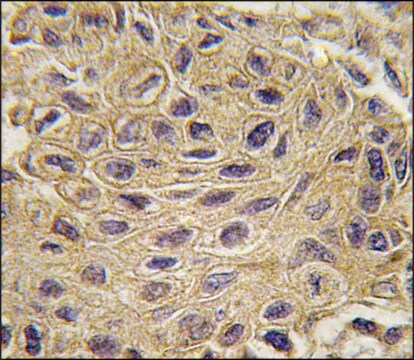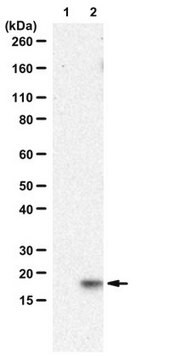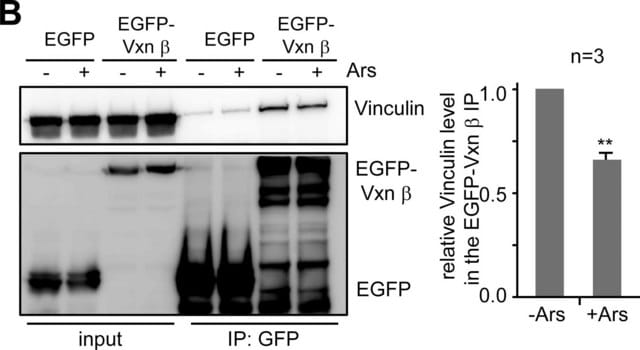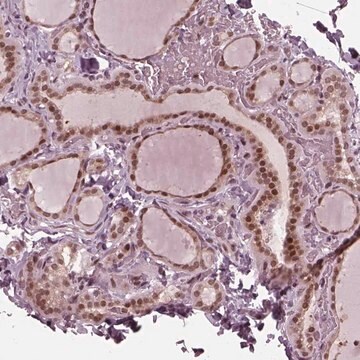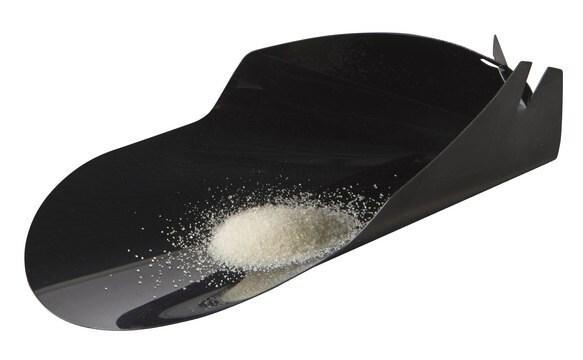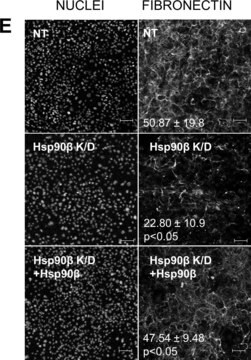ABS1627
Anti-CTGF Antibody, N-Term Antibody
from goat, purified by affinity chromatography
Sinonimo/i:
Connective tissue growth factor, CCN family member 2, Hypertrophic chondrocyte-specific protein 24, IBP-8, IGF-binding protein 8, IGFBP-8, Insulin-like growth factor-binding protein 8
About This Item
Prodotti consigliati
Origine biologica
goat
Livello qualitativo
Forma dell’anticorpo
affinity isolated antibody
Tipo di anticorpo
primary antibodies
Clone
polyclonal
Purificato mediante
affinity chromatography
Reattività contro le specie
human
tecniche
neutralization: suitable
western blot: suitable
N° accesso NCBI
N° accesso UniProt
Condizioni di spedizione
dry ice
modifica post-traduzionali bersaglio
unmodified
Informazioni sul gene
human ... CTGF(1490)
Descrizione generale
Specificità
Immunogeno
Applicazioni
Signaling
Growth Factors & Receptors
Neutralizing Analysis: A representative lot inhibited CTGF-stimulated collagen synthesis, but not CTGF-stimulated DNA synthesis, in rat kidney (NRK) fibroblasts (Grotendorst, G.R., and Duncan, M.R. (2005). FASEB J. 19(7):729-738).
Note: It is recommended that gel electrophoresis be performed under non-reducing condition to effectively separate CTGF N- and C-terminal fragments, as well as differentially glycosylated N-terminal fragments.
Qualità
Western Blotting Analysis: 2.0 µg/mL of this antibody detected 1 ng of the N-terminal (1-180), but not C-terminal (181-349), fragment derived from baculovirus expressed human CTGF by chymotrypsin cleavage.
Descrizione del bersaglio
Stato fisico
Stoccaggio e stabilità
Handling Recommendations: Upon receipt and prior to removing the cap, centrifuge the vial and gently mix the solution. Aliquot into microcentrifuge tubes and store at -20°C. Avoid repeated freeze/thaw cycles, which may damage IgG and affect product performance.
Altre note
Esclusione di responsabilità
Non trovi il prodotto giusto?
Prova il nostro Motore di ricerca dei prodotti.
Raccomandato
Codice della classe di stoccaggio
12 - Non Combustible Liquids
Classe di pericolosità dell'acqua (WGK)
WGK 1
Punto d’infiammabilità (°F)
Not applicable
Punto d’infiammabilità (°C)
Not applicable
Certificati d'analisi (COA)
Cerca il Certificati d'analisi (COA) digitando il numero di lotto/batch corrispondente. I numeri di lotto o di batch sono stampati sull'etichetta dei prodotti dopo la parola ‘Lotto’ o ‘Batch’.
Possiedi già questo prodotto?
I documenti relativi ai prodotti acquistati recentemente sono disponibili nell’Archivio dei documenti.
Il team dei nostri ricercatori vanta grande esperienza in tutte le aree della ricerca quali Life Science, scienza dei materiali, sintesi chimica, cromatografia, discipline analitiche, ecc..
Contatta l'Assistenza Tecnica.